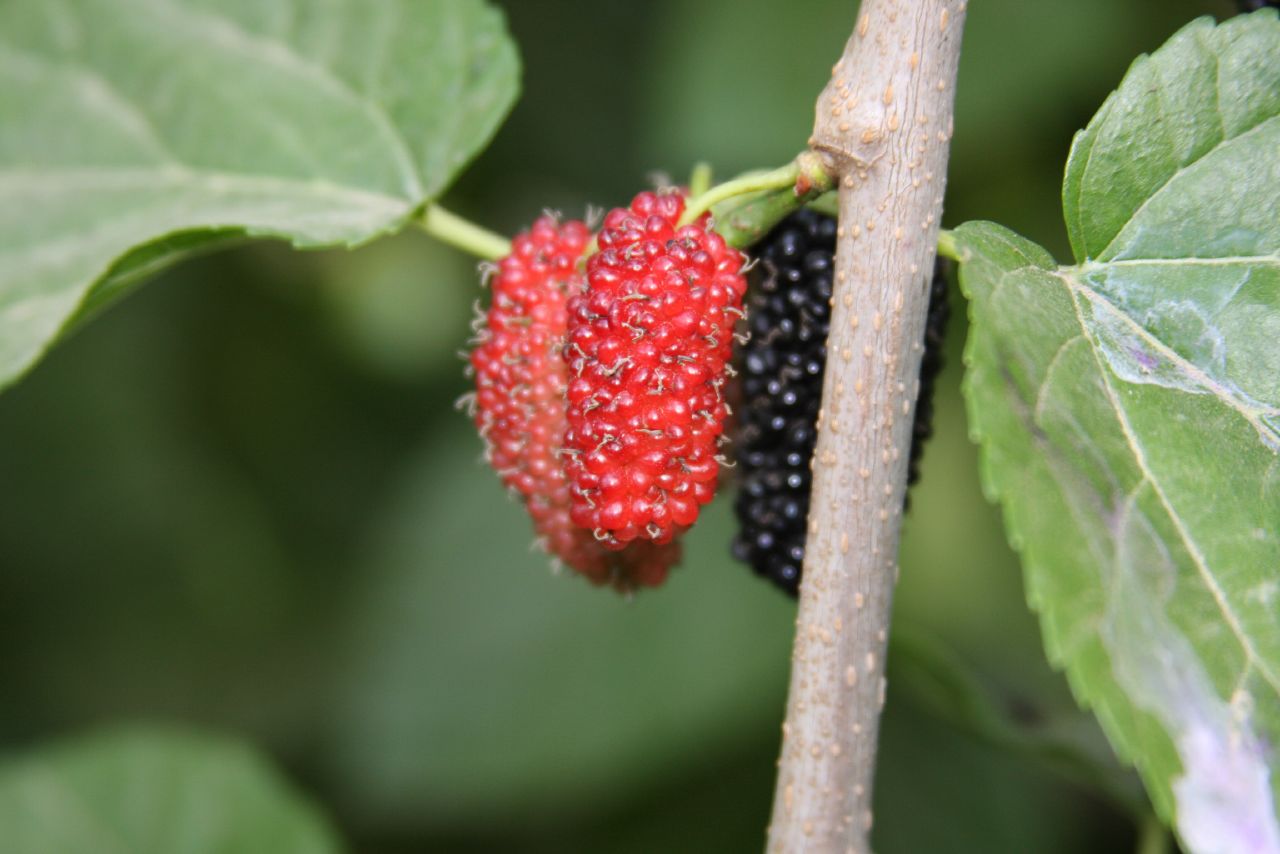|
Taar
The tar () is a long-necked, waisted instrument in the lute family, used by many cultures and countries in the Middle East and the Caucasus, including Iran, Azerbaijan, Uzbekistan, Armenia, Georgia, Tajikistan, and Turkey.tar (musical instrument) ''Encyclopædia Britannica''. Retrieved on 1 January 2013. It was originally known as the ''chahartar'' () or ''chartar'' (), which translates into as 'four-stringed'. This is in accordance with a practice common in Persian-speaking areas of distinguishing lutes on the basis of the number of strings originally employed. Beside the ''chartar'', these include the '' |
Lute
A lute ( or ) is any plucked string instrument with a neck (music), neck and a deep round back enclosing a hollow cavity, usually with a sound hole or opening in the body. It may be either fretted or unfretted. More specifically, the term "lute" commonly refers to an instrument from the Family (musical instruments), family of History of lute-family instruments, European lutes which were themselves influenced by India, Indian short-necked lutes in Gandhara which became the predecessor of the Islamic music, Islamic, the Sino-Japanese and the Early music, European lute families. The term also refers generally to any necked string instrument having the strings running in a plane parallel to the Sound board (music), sound table (in the Hornbostel–Sachs system). The strings are attached to pegs or posts at the end of the neck, which have some type of turning mechanism to enable the player to tighten the tension on the string or loosen the tension before playing (which respectively ... [...More Info...] [...Related Items...] OR: [Wikipedia] [Google] [Baidu] |
Tanbur
The term ''Tanbur'' can refer to various long-necked string instruments originating in Mesopotamia, Southern or Central Asia. According to the ''New Grove Dictionary of Music and Musicians'', "terminology presents a complicated situation. Nowadays the term tanbur (or tambur) is applied to a variety of distinct and related long-necked lutes used in art and folk traditions. Similar or identical instruments are also known by other terms." These instruments are used in the traditional music of Iran, Iraq, India, Armenia, Afghanistan, Azerbaijan (especially Avar community), Pakistan, Turkey, Tajikistan, Kazakhstan, and Uzbekistan. Origins Tanburs have been present in Mesopotamia since the Akkadian era, or the third millennium BC. Three figurines have been found in Susa that belong to 1500 BC, and in hands of one of them is a tanbur-like instrument. Also an image on the rocks near Mosul that belong to about 1000 BC shows tanbur players. Playing the tanbur was common at least ... [...More Info...] [...Related Items...] OR: [Wikipedia] [Google] [Baidu] |
Radif (music)
''Radif'' (, ) is a collection of many old Melody type, melodic figures preserved through many generations by oral tradition. It organizes the melody, melodies in a number of different Tonality, tonal spaces called ''dastgāh''. The Persian traditional music, traditional music of Iran is based on the ''radif'', which is a collection of old melodies that have been handed down by the masters to the students through the generations. Over time, each master's own interpretation has shaped and added new melodies to this collection, which may bear the master's name. The preservation of these melodies greatly depended on each successive generation's memory and mastery, since the interpretive origin of this music was expressed only through the oral tradition. To learn and absorb the essence of the ''radif'', many years of repetition and practice are required. A master of the ''radif'' must internalize it so completely to be able to perform any part of it at any given time. The ''radi ... [...More Info...] [...Related Items...] OR: [Wikipedia] [Google] [Baidu] |
Guitar
The guitar is a stringed musical instrument that is usually fretted (with Fretless guitar, some exceptions) and typically has six or Twelve-string guitar, twelve strings. It is usually held flat against the player's body and played by strumming or Plucked string instrument, plucking the strings with the dominant hand, while simultaneously pressing selected strings against frets with the fingers of the opposite hand. A guitar pick may also be used to strike the strings. The sound of the guitar is projected either Acoustics, acoustically, by means of a resonant hollow chamber on the guitar, or Amplified music, amplified by an electronic Pickup (music technology), pickup and an guitar amplifier, amplifier. The guitar is classified as a chordophone, meaning the sound is produced by a vibrating string stretched between two fixed points. Historically, a guitar was constructed from wood, with its strings made of catgut. Steel guitar strings were introduced near the end of the nineteen ... [...More Info...] [...Related Items...] OR: [Wikipedia] [Google] [Baidu] |
Fingerboard
The fingerboard (also known as a fretboard on fretted instruments) is an important component of most stringed instruments. It is a thin, long strip of material, usually wood, that is laminated to the front of the neck of an instrument. The strings run over the fingerboard, between the nut and bridge. To play the instrument, a musician presses strings down to the fingerboard to change the vibrating length, changing the pitch. This is called '' stopping'' the strings. Depending on the instrument and the style of music, the musician may pluck, strum or bow one or more strings with the hand that is not fretting the notes. On some instruments, notes can be sounded by the fretting hand alone, such as with hammer ons, an electric guitar technique. The word "fingerboard" in other languages sometimes occurs in musical directions. In particular, the direction ''sul tasto'' (Ital., also ''sulla tastiera'', Fr. ''sur la touche'', G. ''am Griffbrett'') for bowed string instruments to pla ... [...More Info...] [...Related Items...] OR: [Wikipedia] [Google] [Baidu] |
Pericardium
The pericardium (: pericardia), also called pericardial sac, is a double-walled sac containing the heart and the roots of the great vessels. It has two layers, an outer layer made of strong inelastic connective tissue (fibrous pericardium), and an inner layer made of serous membrane (serous pericardium). It encloses the pericardial cavity, which contains pericardial fluid, and defines the middle mediastinum. It separates the heart from interference of other structures, protects it against infection and blunt trauma, and lubricates the heart's movements. The English name originates from the Ancient Greek prefix ''peri-'' (περί) 'around' and the suffix ''-cardion'' (κάρδιον) 'heart'. Anatomy The pericardium is a tough fibroelastic sac which covers the heart from all sides except at the cardiac root (where the great vessels join the heart) and the bottom (where only the serous pericardium exists to cover the upper surface of the central tendon of diaphragm). ... [...More Info...] [...Related Items...] OR: [Wikipedia] [Google] [Baidu] |
Domestic Sheep
Sheep (: sheep) or domestic sheep (''Ovis aries'') are a domesticated, ruminant mammal typically kept as livestock. Although the term ''sheep'' can apply to other species in the genus '' Ovis'', in everyday usage it almost always refers to domesticated sheep. Like all ruminants, sheep are members of the order Artiodactyla, the even-toed ungulates. Numbering a little over one billion, domestic sheep are also the most numerous species of sheep. An adult female is referred to as a ''ewe'' ( ), an intact male as a ''ram'', occasionally a ''tup'', a castrated male as a ''wether'', and a young sheep as a ''lamb''. Sheep are most likely descended from the wild mouflon of Europe and Asia, with Iran being a geographic envelope of the domestication center. One of the earliest animals to be domesticated for agricultural purposes, sheep are raised for fleeces, meat ( lamb, hogget or mutton), and milk. A sheep's wool is the most widely used animal fiber, and is usually harvested ... [...More Info...] [...Related Items...] OR: [Wikipedia] [Google] [Baidu] |
Mulberry
''Morus'', a genus of flowering plants in the family Moraceae, consists of 19 species of deciduous trees commonly known as mulberries, growing wild and under cultivation in many temperate world regions. Generally, the genus has 64 subordinate taxa, though the three most common are referred to as white, red, and black, originating from the color of their dormant buds and not necessarily the fruit color (''Morus alba'', '' M. rubra'', and '' M. nigra'', respectively), with numerous cultivars and some taxa currently unchecked and awaiting taxonomic scrutiny. ''M. alba'' is native to South Asia, but is widely distributed across Europe, Southern Africa, South America, and North America. ''M. alba'' is also the species most preferred by the silkworm. It is regarded as an invasive species in Brazil, the United States and some states of Australia. The closely related genus '' Broussonetia'' is also commonly known as mulberry, notably the paper mulberry (''Brouss ... [...More Info...] [...Related Items...] OR: [Wikipedia] [Google] [Baidu] |
Tar Lute 003
Tar is a dark brown or black viscous liquid of hydrocarbons and free carbon, obtained from a wide variety of organic materials through destructive distillation. Tar can be produced from coal, wood, petroleum, or peat. "a dark brown or black bituminous usually odorous viscous liquid obtained by destructive distillation of organic material (such as wood, coal, or peat)". "tar and pitch, viscous, dark-brown to black substances obtained by the destructive distillation of coal, wood, petroleum, peat and certain other organic materials. " Mineral products resembling tar can be produced from fossil hydrocarbons, such as petroleum. Coal tar is produced from coal as a byproduct of coke production. Terminology "Tar" and " pitch" can be used interchangeably. Asphalt (naturally occurring pitch) may also be called either "mineral tar" or "mineral pitch". There is a tendency to use "tar" for more liquid substances and "pitch" for more solid (viscoelastic) substances. Both "tar" and "pitch ... [...More Info...] [...Related Items...] OR: [Wikipedia] [Google] [Baidu] |
Mugham
Mugham () or Mughamat () is one of the many classical compositions from Azerbaijan, contrasting with tasnif and ashik. It is an art form that weds classical poetry and musical improvisation in specific local modes. Mugham is a modal system. Unlike Western modes, "mugham" modes are associated not only with scales but with an orally transmitted collection of melodies and melodic fragments that performers use in the course of improvisation. Mugham is a compound composition of many parts. The choice of a particular mugham and a style of performance fits a specific event. The dramatic unfolding in performance is typically associated with increasing intensity and rising pitches, and a form of poetic-musical communication between performers and initiated listeners. Three major schools of mugham performance existed from the late 19th and early 20th centuries in the regions of Karabakh, Shirvan, and Baku. The town of Shusha of Karabakh, was particularly renowned for this art. A sho ... [...More Info...] [...Related Items...] OR: [Wikipedia] [Google] [Baidu] |
Tar (Azerbaijani Instrument)
The Azerbaijani Tar is a long-necked, plucked lute, traditionally crafted, and performed in communities throughout the Republic of Azerbaijan. The tar is featured alone or with other instruments in numerous traditional musical styles. It is also considered by many to be the country's leading musical instrument. The tar and the skills related to this tradition play a significant role in shaping the cultural identity of Azerbaijani people, Azerbaijanis. In 2012, the craftsmanship and performance art of the tar was added to the UNESCO's UNESCO Intangible Cultural Heritage Lists, Intangible Cultural Heritage List. Performing Performers hold the instrument horizontally, against the chest, and pluck the Strings (music), strings with a plectrum, while using Trill (music), trills and a variety of techniques and strokes to add colour. Tar performance has an essential place in Wedding tradition in Azerbaijan, weddings and different social gatherings, festive events, and public concert ... [...More Info...] [...Related Items...] OR: [Wikipedia] [Google] [Baidu] |






